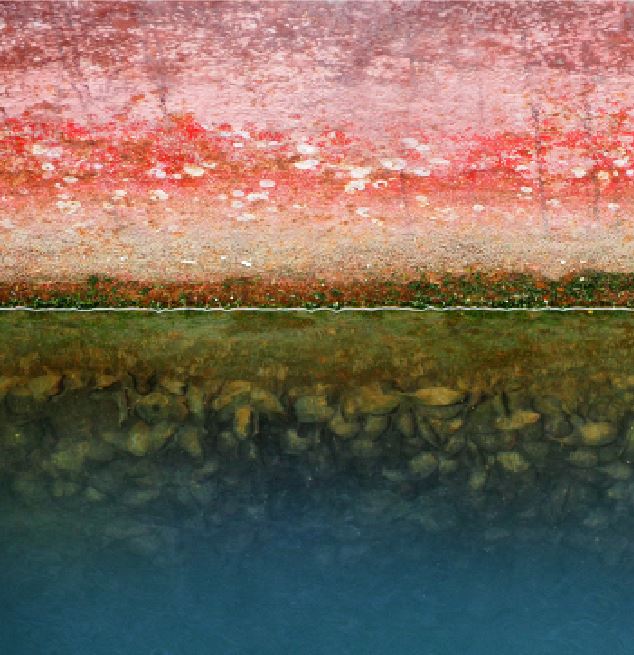We all, operating in the industry are responsible for reducing emissions to combat climate change. The current and future technologies need to be harnessed to reduce fuel consumption and harmful CO2 emissions. The initial IMO GHG Strategy has an ambitious target to reduce the carbon intensity of international shipping by 40% by 2030, compared to 2008 levels. Some industry players are already determined to do more and reach carbon neutral shipping by 2050 at the latest.
Marine growth prevention is a crucial, but sometimes underestimated, part of the puzzle when considering the industry’s energy-efficiency improvement opportunities. Maintaining a smooth and clean hull free from biofouling is paramount to optimizing the energy efficiency of ships. The impact can be even up to 25%.
When biofouling species, barnacles, and mussels colonize the underwater parts of a ship’s hull, the increased roughness will increase a ship’s hydrodynamic drag. The immediate effect is a loss in ship speed at a constant power – or a power increase to maintain a constant speed. Both have negative economic and environmental impacts through increased fuel consumption and atmospheric emissions, including GHG.[1]
The significant savings in the vessel’s fuel consumption means significant reduction in its GHG emissions, too.
“Using the best marine growth prevention systems with regular maintenance significantly impacts on fuel consumption and CO2 emissions of the vessels. It is good to acknowledge that if neglecting the prevention, a slime layer can trigger up to 25% increase in GHG emissions,” says Chris Hewitt, Product and Technical Manager of our Cathelco business.
Prevention of invasive aquatic species
The MGPS technology also plays a crucial role in preventing invasive aquatic species. The transfer of invasive aquatic species to new environments by ships has been identified as a major threat to the world’s oceans and to the conservation of marine biodiversity and, therefore, to the planet’s ecological and economic well-being. These species are causing enormous damage to biodiversity. Direct and indirect health effects are becoming increasingly severe and environmental damage is often irreversible.
Moreover, significant economic impact occurs on industries that depend on the coastal and marine environment, such as tourism, aquaculture, and fisheries.[2]
“Well-maintained marine growth prevention system has a big impact in reducing the risk of transferring of invasive aquatic species. The system eliminates the settlement of macro biofouling organisms on the ship’s interior piping systems while enhancing energy efficiency and reducing air emissions from ships. The technology also significantly lengthens the lifecycle of the pipes,” Hewitt says.
The Cathelco® marine growth prevention systems, also known as antifouling systems usually consist of pairs of copper and aluminum anodes, mounted in sea chests or strainers and connected to a control panel. In operation, the copper anode produces ions which are carried by the flow of seawater, creating an environment where barnacles and mussels will not settle or multiply.
New opportunities discovered
New technologies are under development to prevent the marine growth. The most common technologies currently in use for biofouling mitigation are ultrasonics and hull and propeller cleaning.
“We are also following the development and investigating new, interesting opportunities for advanced marine growth prevention. It is exciting to work closely with our long-term customers and academia to see what the future holds for us.”
[1] Analysing the Impact of Marine Biofouling on the Energy Efficiency of Ships and the GHG Abatement Potential of Biofouling Management Measures, 2022.
[2] https://www.imo.org/en/OurWork/Environment/Pages/Biofouling.aspx



